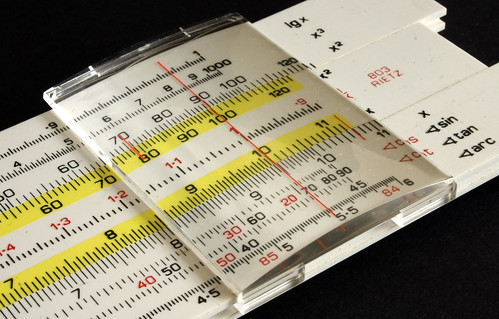 Health care loves specialization. So does the world of health. Although this may allow clinicians and practitioners to become more focused on specific populations or procedures, it also creates a certain degree of fragmentation within the system. It forces a perceived necessity to do different things with different groups.
Health care loves specialization. So does the world of health. Although this may allow clinicians and practitioners to become more focused on specific populations or procedures, it also creates a certain degree of fragmentation within the system. It forces a perceived necessity to do different things with different groups.
The broad expanse of health and health care is viewed as a cornucopia of disparate issues. Chronic medical conditions. Wellness. Fitness. Injury. Chronic pain. And countless other clinical entities.
We really have just one big health continuum. There is one common element to the health continuum - our daily battle against gravity.
The one thing that we struggle with, day in and day out, is gravity. If you are an infant, you fight it. If you are elderly, you fight it. Throughout our time on the planet, we all have to develop the ability to tolerate mechanical loading. Our cardiovascular system responds to mechanical loading. Our neuro-musculo-skeletal system responds to mechanical loading. In fact, there is a mechanical loading component to most, if not all, of our systems. This is rather important when you are fighting the battle with gravity all day, every day, while maintaining homeostasis in the process.
Fortunately, we have the necessary physiological mechanisms in place to do so. The mechanisms underlying optimal human performance are the same as those for injury prevention and for injury recovery. And within all of this, mechanical loading is a powerful cellular stimulus for systemic response and adaptation via the process of mechanotransduction. Based on specific adaptation to imposed demands, the human body will adapt given an environment in which it can do so.
The beauty of all of this is that we exist on a health continuum that is simply a "sliding scale" - of physical and psychological capacity that extends from chronic health conditions and injury through health, fitness, and optimal performance. Each day, we face different mechanical demands - some days greater, other days far less. Each day, we adapt to those imposed demands - by either increasing our capacity, or by decreasing it. We are constantly shifting our position along the health continuum as we move through the dimension of time. Meanwhile, all of this mechanical loading also creates a powerful neurological stimulus as well, requiring its own recovery and adaptation.
Over my years of looking at the world of musculoskeletal care from the perspective of MDT, I have started to see the commonalities across the health continuum. The principles underlying MDT tie this "sliding scale" together. Clients can use mechanical principles to not only assess their current capacity, but to progress or regress accordingly. Competent self care extends along this spectrum. So does self-assessment and self-monitoring.
Perhaps mechanical loading provides the health continuum with a virtual "unified theory". It may in fact create simplicity and consistency across the health continuum - an elegant solution that would be beneficial for all of us: clinicians, practitioners, and clients alike.
Photo credits: Dominicís pics
 "Running Injuries: Etiology And Recovery- Based Treatment" (co-author Bridget Clark, PT) appears in the third edition and fourth editions of "Clinical Orthopaedic Rehabilitation: A Team Approach" by Charles Giangarra, MD and Robert C. Manske, PT.
"Running Injuries: Etiology And Recovery- Based Treatment" (co-author Bridget Clark, PT) appears in the third edition and fourth editions of "Clinical Orthopaedic Rehabilitation: A Team Approach" by Charles Giangarra, MD and Robert C. Manske, PT.
 Allan Besselink, PT, DPT, Ph.D., Dip.MDT has a unique voice in the world of sports, education, and health care. Read more about Allan here.
Allan Besselink, PT, DPT, Ph.D., Dip.MDT has a unique voice in the world of sports, education, and health care. Read more about Allan here.
 Top 5 finalist in three categories: "Best Overall Blog", "Best PT Blog" and "Best Advocacy Blog".
Top 5 finalist in three categories: "Best Overall Blog", "Best PT Blog" and "Best Advocacy Blog".